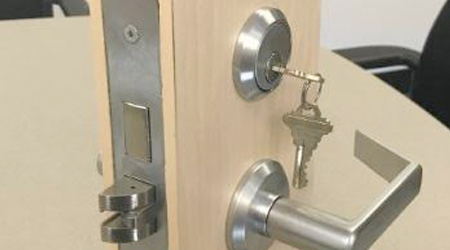
University Eyes Energy Efficiency in Existing Buildings
December 27, 2018
Institutional and commercial facilities often look to new technology to improve their energy efficiency. Increasingly, however, such efforts are taking a closer look at the opportunities for savings and efficiency in existing buildings.
A Harvard program to retrofit a campus building and create a living laboratory for energy-efficient architecture opened recently with the aim of developing techniques and technologies to make the built world more sustainable.
The HouseZero project, an initiative by Harvard’s Center for Green Buildings and Cities (CGBC), has a lofty goal: creating a new prototype of ultra-efficient building that requires almost zero energy, relies on natural daylighting, and produces no carbon emissions. The concept is based on affordable renovation. By retrofitting and redesigning the program’s offices in a prewar, stick-built home, the CGBC hopes to show that any existing commercial or residential building can become a model of efficiency, and cut emissions without requiring a huge investment., according to curbed.com.
“We’re shattering the belief that you need to build new buildings to be efficient,” says Ali Malkawi, a professor of architectural technology who leads the CGBC program. “We want to show how this can be replicated almost anywhere, and solve one of the world’s biggest energy problems, inefficient existing buildings.”
HouseZero attacks one of the largest sources of energy use and carbon emissions: the existing building stock. These buildings are responsible for 40 percent of the country’s energy use, costing owners more than $230 billion annually for heating, cooling, and power, according to CGBC.
The HouseZero home, meant to be a new office for the CGBC, provided designers with a model challenge. The planned retrofit will cut energy use and better connect the home with the outdoors so it can take advantage of natural sources of heating, cooling and light.
Ryan Berlin is managing editor of Facility Maintenance Decisions.
Next
Read next on FacilitiesNet












